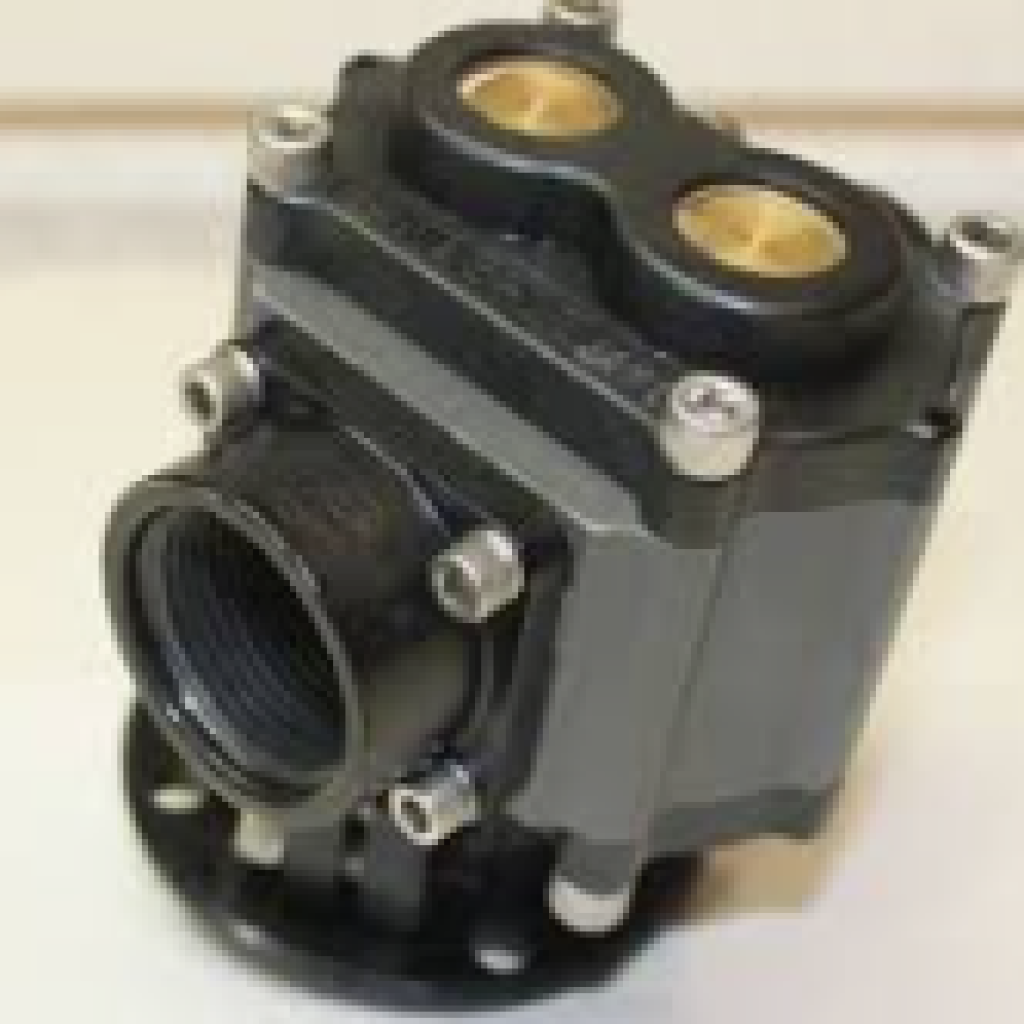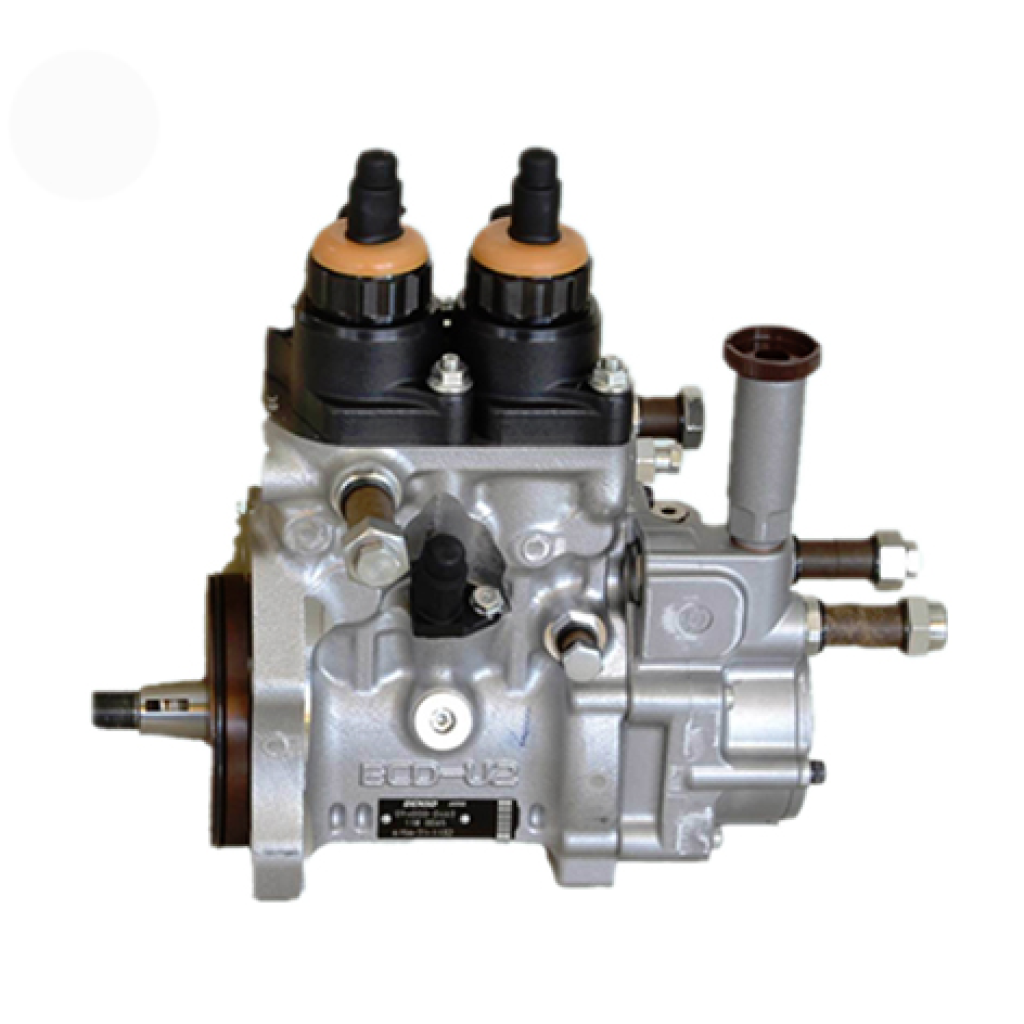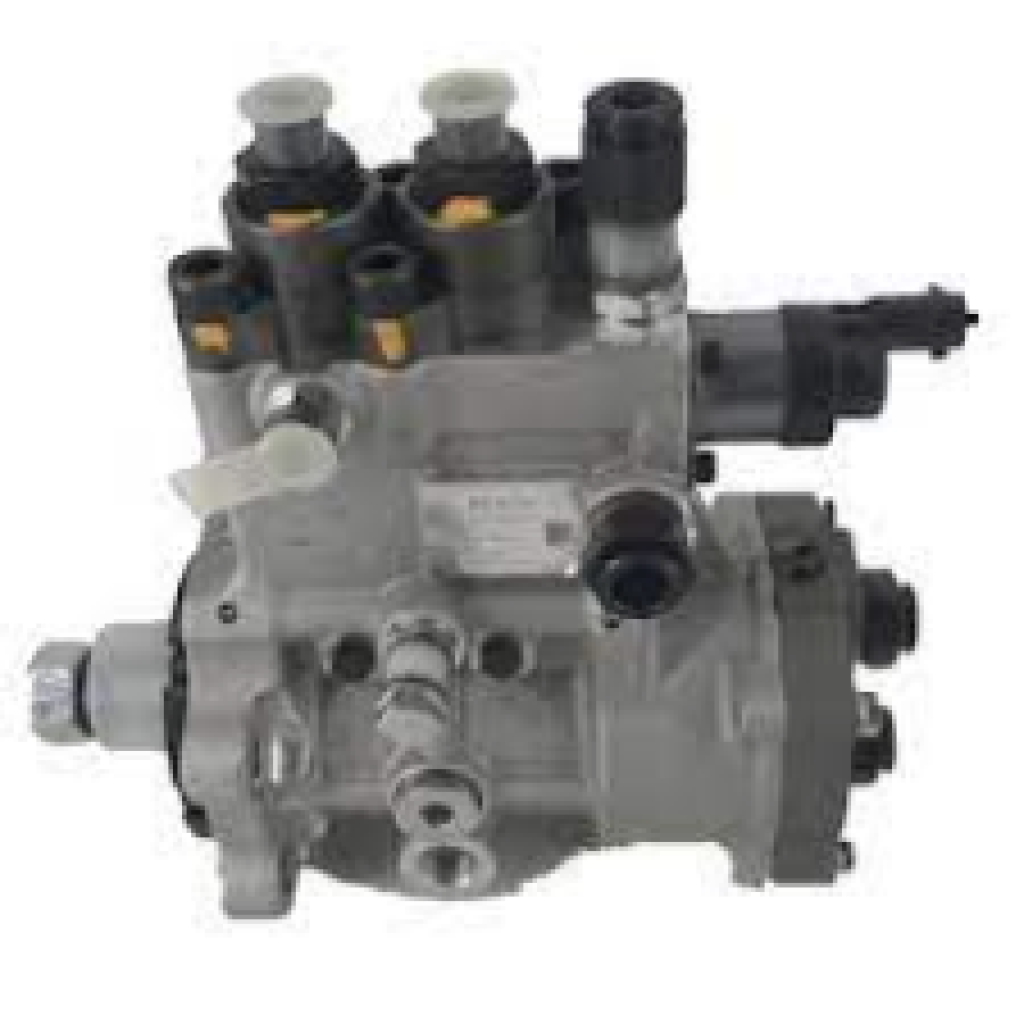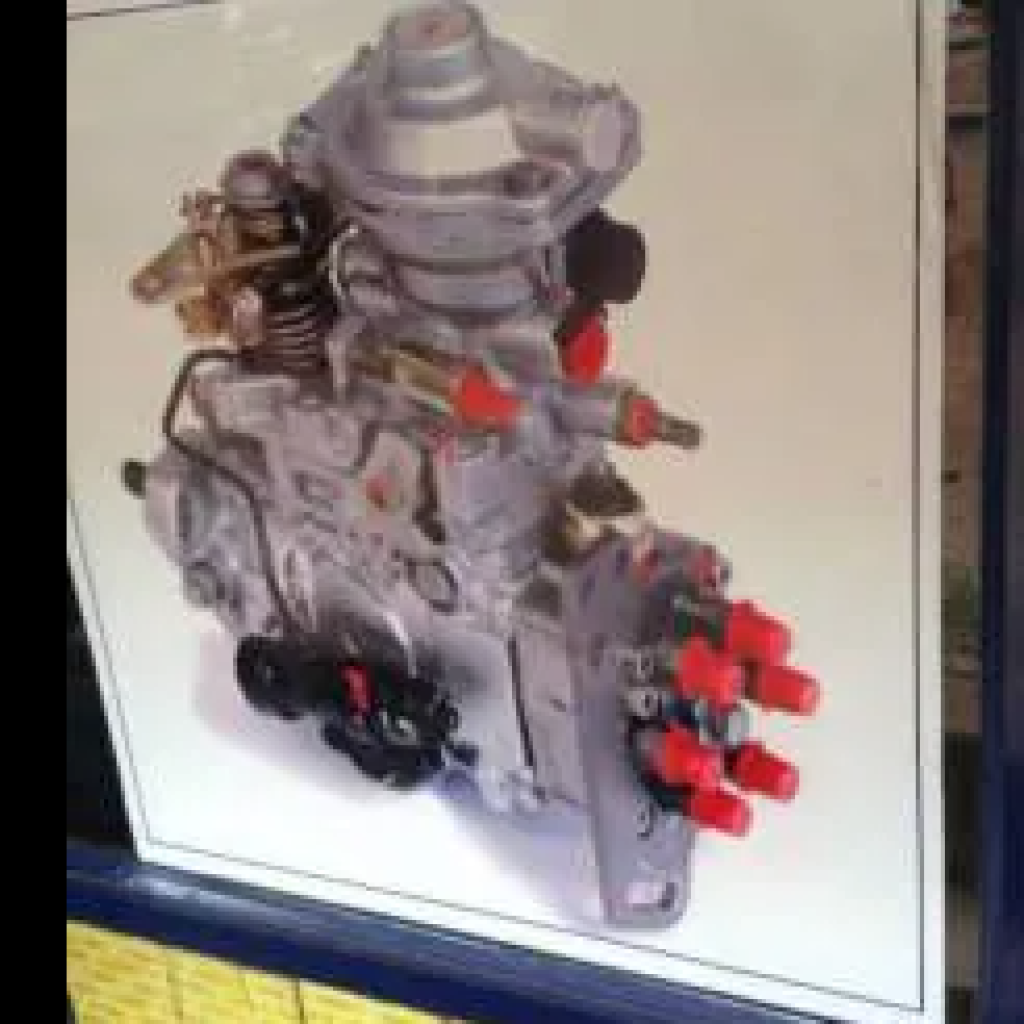Fuel Pump SG – Singapore’s No 1 Best Pump service & suplier
Fuel Pump SG: The Ultimate Guide by Flomek
When it comes to Fuel Pump SG, Flomek stands at the forefront of innovation, quality, and performance. In this comprehensive guide, we cover everything you need to know about Fuel Pump SG—how they work, why they matter, how to choose the right one, maintenance, common issues, and why Flomek is your best partner for Fuel Pump SG solutions.
Table of Contents
- What is Fuel Pump SG
- How Fuel Pump SG Works
- Types of Fuel Pump SG
- Key Specifications to Look for in Fuel Pump SG
- Material & Build Quality of Fuel Pump SG
- Performance Parameters of Fuel Pump SG
- Benefits of Using High‑Quality Fuel Pump SG
- Common Problems & Troubleshooting of Fuel Pump SG
- Installation, Operation & Maintenance
- Safety & Compliance with Fuel Pump SG
- Cost Considerations for Fuel Pump SG
- Why Flomek’s Fuel Pump SG Solutions Lead the Market
1. What is Fuel Pump SG
A Fuel Pump SG is a device designed to transfer fuel from its source (tank or reservoir) to the engine or other delivery system with sufficient pressure and flow. In Singapore (SG), fuel systems must maintain high standards of safety and efficiency, and Fuel Pump SG solutions are built to meet these standards.
Fuel Pump SG includes:
- Pumps for diesel, petrol, or specialized fuels
- Components that handle high pressure, ensuring minimal leakage
- Designs that work in SG’s climate—humidity, salt air, frequent cycling
Flomek’s Fuel Pump SG offerings are engineered specifically for these conditions: robust, reliable, and efficient.
2. How Fuel Pump SG Works
To understand Fuel Pump SG, it helps to break down the mechanism:
- Fuel from the tank flows into the Fuel Pump SG inlet
- A motor or actuator creates pressure
- Check valves ensure one‑way flow
- Fuel passes through filters inside the pump
- It is delivered to the engine or downstream system at required pressure
In many applications, Fuel Pump SG units are electric, though mechanical versions exist, especially for heavy‑duty engines. Flomek designs its Fuel Pump SG units to have reliable sealing, precise calibration, and minimal loss.
3. Types of Fuel Pump SG
Flomek categorizes Fuel Pump SG into several types depending on functionality, application, and fuel type:
| Type | Description | Typical Use Cases |
|---|---|---|
| Electric Fuel Pump SG | Powered by electric motor, precise control | Vehicles, generators, backup systems |
| Mechanical Fuel Pump SG | Driven by engine or external mechanical source | Older engines, heavy machinery |
| High‑Pressure Fuel Pump SG | Delivering high PSI/Bar output | Diesel injection systems, turbochargers |
| Low‑Pressure Fuel Pump SG | For simple transfer and feeding | Fuel tanks, supply lines |
| Submersible Fuel Pump SG | Installed inside the fuel tank | Risk‑minimising installation, compact space |
| In‑line Fuel Pump SG | Mounted externally in fuel line | Easy access for maintenance |
Each type of Fuel Pump SG has pros and cons; the best choice depends on your specific application.
4. Key Specifications to Look for in Fuel Pump SG
When evaluating Fuel Pump SG, you should verify:
- Flow Rate (liters per hour or GPH)
- Output Pressure (bar / psi)
- Power Consumption (amps / watts)
- Operating Voltage (12V, 24V, 220V, etc.)
- Fuel Compatibility (petrol, diesel, biodiesel, etc.)
- Temperature Range (because SG weather can be hot and humid)
- Ingress Protection (IP Rating) against dust and moisture
Flomek’s Fuel Pumps SG products come with clear specification sheets so you can pick what matches.

5. Material & Build Quality of Fuel Pumps SG
Durability is crucial for Fuel Pumps SG used in demanding environments. Key build quality factors:
- Body material: Aluminum, stainless steel, or other corrosion‑resistant materials
- Seals: Viton, Nitrile, or other fuel‑resistant compounds
- Bearings: High‑quality bearings to withstand vibration
- Filtration: Integrated filter or compatibility with external filters
Flomek ensures its Fuel Pump SG units are built with premium materials to prevent rust, wear, and fuel contamination.
6. Performance Parameters of Fuel Pumps SG
Performance is central to evaluating Fuel Pumps SG. Important parameters include:
- Start‑Up Torque: how fast the pump begins moving fuel
- Efficiency: energy used versus fuel delivered
- Noise level: dB ratings, especially for installations near operators
- Reliability & Duty Cycle: continuous vs intermittent operation
Flomek tests Fuel Pump SG units under simulated SG climates to ensure consistency and longevity.
7. Benefits of Using High‑Quality Fuel Pumps SG
Choosing a high‑quality Fuel Pumps SG yields many benefits:
- Better fuel efficiency
- Lower maintenance costs
- Reduced risk of downtime
- Compliance with environmental & safety standards
- Better performance even under harsh SG climate
Flomek’s Fuel Pumps SG lineup is designed to deliver these benefits and more.
8. Common Problems & Troubleshooting of Fuel Pumps SG
Even with the best Fuel Pump SG, some issues may occur. Here are common problems and their solutions:
| Problem | Possible Cause | Solution |
|---|---|---|
| Low flow | Clogged filter, worn pump, air leak | Clean/replace filter; inspect sealing; replace worn parts |
| Noisy operation | Worn bearings; cavitation; insufficient fuel supply | Check bearings; ensure fuel supply; avoid air bubbles |
| Overheating | Excess load; poor ventilation | Ensure correct rating; provide airflow; check insulation |
| Leakage | Damaged seals; improper assembly | Replace seals; check assembly torque; use correct seal material |
| Fuel compatibility issues | Using wrong fuel type; contamination | Use correct fuel; drain & clean pump; use filters |
Flomek supports customers with thorough diagnostics to address any Fuel Pumps SG issue quickly.
9. Installation, Operation & Maintenance
Installation
- Mount Fuel Pumps SG on a solid, vibration‑damped base
- Ensure inlet & outlet hoses are correctly routed & supported
- Use correct fittings and tighten properly
- Protect electrical connections from moisture
Operation
- Ensure fuel supply is clean and filtered
- Prime the pump if required before first operation
- Monitor the pressure and flow to verify the unit is working correctly

Maintenance
- Periodic inspection of seals & hoses
- Replace filters as per schedule
- Lubricate moving parts if applicable
- Keep the pump clean and free of debris
Maintenance schedules depend on usage, but for Fuel Pumps SG used frequently, a monthly check is good; annual overhaul may be required.
10. Safety & Compliance with Fuel Pumps SG
In Singapore, and in general, safety and compliance are critical for Fuel Pumps SG:
- Materials should be certified for fuel usage
- Electrical parts should meet hazard‑proof standards (e.g. explosion‑proof if needed)
- Installations should prevent fuel leaks and fire risks
- Proper ventilation and grounding
Flomek ensures its Fuel Pumps SG units comply with local and international safety standards.
11. Cost Considerations for Fuel Pumps SG
Cost for Fuel Pump SG involves:
- Initial purchase price
- Operating cost (electricity, fuel loss)
- Maintenance cost (filters, parts)
- Lifecycle (how many years until replacement)
While cheaper pumps exist, investing in a quality Fuel Pumps SG from Flomek often saves money in the long run due to durability, lower running costs, and reduced downtime.
12. Why Flomek’s Fuel Pumps SG Solutions Lead the Market
Flomek is uniquely positioned to offer superior Fuel Pump SG products because:
- Expertise: deep knowledge in pump engineering & materials
- Customization: tailored Fuel Pumps SG units for specific settings & fuels
- Quality control: rigorous testing under SG‑like climate conditions (heat, humidity)
- Support: spare parts, technical advice, maintenance services
When you choose Flomek for your Fuel Pumps SG, you get more than just a product—you get reliability, performance, and peace of mind.

13. Applications of Fuel Pump SG
Fuel Pumps SG finds use in many different sectors and uses. Understanding where and how they are used helps in choosing the right pump and in optimising performance.
13.1 Automotive & Transport
- Vehicles: cars, buses, lorries powered by petrol, diesel or hybrid systems rely on Fuel Pumps SG for fuel delivery from tank to engine.
- Marine transport: boats and ships need Fuel Pump SG that resist saltwater, corrosion, motion.
- Off‑road & construction vehicles: bulldozers, excavators needing robust Fuel Pumps SG that endure vibration and dust.
13.2 Generators & Power Backup
Backup power systems often sit idle for long periods and then must start reliably. Fuel Pump SG in generator sets must maintain readiness, handle cold starts, and be reliable under intermittent operation.
13.3 Industrial & Heavy Machinery
- Manufacturing plants using combustion‐powered equipment.
- Pumps feeding burners, boilers, or furnaces, where Fuel Pumps SG must deliver steady flow and high pressure.
- Mining and drilling equipment often located in remote locations: Fuel Pumps SG must be durable.
13.4 Transportation Infrastructure & Fuel Distribution
- Fuel stations: pumps that move fuel from underground tanks to dispensing units. Fuel Pumps SG here must comply with regulatory standards.
- Bulk fuel delivery and refuelling‑depots: large Fuel Pump SG units to move heavy volumes reliably.
13.5 Agricultural & Remote Applications
- Tractors, harvesters: needing Fuel Pump SG suited for rough terrain and less maintenance.
- Remote cabins or sites where fuel must be pumped over distances or across elevation: Fuel Pump SG with strong suction head and lift capability.
14. Designing Fuel Pump SG Systems: Engineering Considerations
When designing a system that includes Fuel Pump SG, many engineering choices matter.
14.1 Flow vs Pressure Trade‑off
- Higher flow often means lower pressure, unless pump and motor are sized accordingly.
- The system’s plumbing, hose diameter, length, and bends affect flow losses, so Fuel Pump SG must be rated for actual system conditions, not just ideal lab specs.
14.2 Suction Head, Lift, and Prime
- If the pump is above fuel source, suction head or lift capability becomes critical.
- Priming: whether Fuel Pump SG units need manual priming or have self‑priming design.
- Vapor lock: avoid vapor formation in lines; Fuel Pumps SG must accommodate or mitigate this.
14.3 Temperature & Ambient Conditions
- High ambient temperatures (common in SG) impact pump motor cooling, seal life, fuel volatility.
- Fuel Pump SG materials must handle thermal expansion, seal swell under heat, avoid vapor formation.
14.4 Fuel Type & Chemical Compatibility
- Petrol, diesel, biofuels, ethanol blends: each has different chemical effects on seals, metals, elastomers. Fuel Pump SG must be compatibly constructed.
- Additives or impurities: filtration and internal clearances matter.
14.5 Safety, Venting, Emissions
- Venting of vapours to avoid pressure build‑up. Fuel Pumps SG with vapour management features.
- Emissions / vapour loss must comply with environmental norms.
- Protection from sparks, ignition sources; electrical components must be suitably rated.

15. Performance Testing & Quality Assurance for Fuel Pump SG
To ensure a Fuel Pumps SG performs reliably, exhaustive testing is done. Key testing stages include:
15.1 Factory Testing
- Flow & pressure vs duty cycle: multiple load levels.
- Leak tests under pressure.
- Temperature stress: hot and cold cycles.
- Vibration & shock resistance: to simulate transportation and operation conditions.
15.2 Real‑World Field Testing
- Usage in actual applications: vehicles, generators, fuel stations.
- Long run testing: thousands of operating hours.
- Exposure to real fuel, with real impurities, moisture, etc.
15.3 Compliance & Certification
- Certifications for electrical safety, explosion proof where needed.
- Environmental compliance for emissions, fuel handling safety.
- Material certifications: components certified for fuel and safety standards.
Flomek ensures all Fuel Pumps SG units go through such QA processes.
16. Fuel Pumps SG: Installation Guidelines (Detailed)
Good installation ensures optimal performance and lifespan of Fuel Pump SG.
16.1 Site Preparation
- Clean mounting area, free of debris or dirt.
- Use vibration dampening mounting pads or brackets.
- Protection from water ingress, dust, and chemicals.
16.2 Plumbing & Connections
- Use fuel‑rated hoses, pipes compatible with chosen fuel.
- Keep hose lengths as short and straight as possible; minimize bends.
- Support hoses to avoid strain on pump fittings.
16.3 Electrical Wiring (for electric Fuel Pump SG)
- Use correct gauge wires to match current draw.
- Proper fuses or circuit breakers.
- Ensure wiring is protected, insulated, waterproof where needed.
- Grounding: important for safety and reducing electrical noise.
16.4 Venting & Fuel Return
- Systems may need vent lines to avoid pressure build‑up.
- Fuel return lines (if any) must handle flow and temperature.
16.5 Startup Procedures
- Prime pump before first use (if required).
- Check for leaks.
- Monitor pressure and flow, ensure matches specification.
- Listen for unusual noises, vibration.
17. Maintenance Schedule for Fuel Pumps SG
A well planned maintenance routine greatly extends life and reliability of Fuel Pump SG.
| Interval | Task | What to Check/Do |
|---|---|---|
| Daily / Before Use | Visual inspection | Check for leaks, loose connectors, signs of damage |
| Weekly | Clean filter elements (if easily accessible) | Replace or clean strainer, look for debris |
| Monthly | Inspect electrical connections, mounting | Tightness, corrosion, alignment, insulation condition |
| Quarterly (every 3 months) | Check flow & pressure | Compare with baseline to detect degradation |
| Semi‑Annually | Seal inspection | Replace worn or degraded seals |
| Annually | Full teardown & rebuild (if applicable) | Clean internal parts, replace bearings, test under load |
| Long Term (every few years) | Review fuel compatibility, system changes | If fuel type changed or environmental conditions shifted, ensure Fuel Pumps SG is still suitable |
18. Troubleshooting Common Fuel Pumps SG Issues (In Depth)
Here are more granular diagnostics for Fuel Pump SG problems.
18.1 Low or No Fuel Output
Possible causes:
- Blocked inlet strainer or filter
- Fuel starvation: tank level too low or fuel pick‑up point blocked
- Air leak in inlet line causing cavitation
- Failed motor or internal impeller damage
Actions:
- Clean or replace filters and strainers
- Check fuel supply and suction lift
- Inspect hose joints, clamps for air leaks
- Open pump and check impeller condition
18.2 Irregular Pressure or Pulsing
Causes:
- Faulty pressure regulator (if present)
- Air trapped in the line
- Intermittent electrical supply or voltage drop
- Worn internal components (e.g. valves)
Actions:
- Bleed air out of the system
- Check electrical supply stability
- Inspect and replace worn parts
18.3 Excessive Heat or Overheating
Causes:
- Pump running under overload
- Poor ventilation
- Designed for intermittent duty but used continuously
- Fuel is too hot or fuel temperature rise due to long lines
Actions:
- Match pump duty rating to application
- Improve airflow or relocate pump if in confined space
- Use heat shields or insulation if needed
18.4 Leakage (Fuel or Seals)
Causes:
- Worn or inappropriate seal material
- Improper installation torques
- Cracks in pump body
Actions:
- Replace seals with correct material (resistant to fuel type)
- Check installation specs, torque fasteners properly
- Inspect body and welds for flaws
18.5 Noise, Vibration & Abnormal Sound
Causes:
- Worn bearings or bushings
- Internal cavitation from low flow or air ingress
- Misalignment of mounting
Actions:
- Inspect bearings; replace if worn
- Ensure inlet flow is adequate, eliminate air leaks
- Remount with proper alignment and damping
19. Upgrades & Innovations in Fuel Pump SG
To stay ahead, many Fuel Pumps SG designs incorporate new technologies. Here are trends and innovations:
19.1 Smart Monitoring & IoT
- Sensors for pressure, temperature, flow integrated in pump & relayed digitally
- Alerts for maintenance, low flow, overheating
19.2 Improved Materials & Coatings
- Advanced corrosion‑resistant coatings for salt air or corrosive fuel blends
- Composite materials to reduce weight while retaining strength
19.3 Variable Speed / Variable Displacement Pumps
- Adjust flow and pressure dynamically based on load demand
- Energy savings and smoother operation
19.4 Noise Reduction
- Acoustic dampening, better impeller design to reduce turbulence
- Mounting designs to isolate vibration
19.5 Fuel‑Efficiency & Emissions Focus
- Pumps designed to minimise fuel loss via leaks or vaporisation
- Seal technologies to prevent vapor emissions
Flomek is investing in these innovations for its Fuel Pumps SG lineup to give clients modern, efficient, and future‑proof solutions.
20. Comparison: Choosing the Best Fuel Pump SG for Your Needs
Here is a comparison table to help decide which Fuel Pumps SG features are most relevant by application.
| Application Type | Key Priorities | Recommended Features in Fuel Pump SG |
|---|---|---|
| Vehicle (Petrol/Diesel) | High reliability, compact, fuel compatibility, minimal noise | Electric pump, fuel resistant seals, moderate flow and pressure, low vibration |
| High‑Pressure Diesel Injector | Very high pressure, precise delivery | High‑pressure rating, tight tolerances, excellent materials, good cooling |
| Generator / Backup Power | Start reliability, intermittent duty, variable load | Robust design, ability to handle cold starts, good flow under varying load |
| Industrial Boiler / Burner | High continuous duty, volume fuel transfer | Large flow, high pressure, durable materials, easy maintenance access |
| Remote Application | Low maintenance, fuel efficiency, robustness | Self‑priming or submersible pump, large strainer, corrosion‑resistant materials, protective housing |
By mapping your application to these priorities, you can choose the right Fuel Pumps SG model from Flomek’s range.
21. Lifecycle & Total Cost of Ownership for Fuel Pump SG
Understanding lifecycle costs helps in evaluating real value, not just upfront cost.
21.1 Upfront Costs
- Purchase of pump unit
- Installation hardware, plumbing, fittings
- Electrical wiring and control systems
21.2 Running Costs
- Electricity / fuel used by pump motor
- Replacement parts: seals, filters, bearings
21.3 Maintenance Costs
- Regular servicing (filters, joints, lubrication)
- Repairs due to wear or damage
- Downtime cost: what happens if Fuel Pump SG fails
21.4 Replacement / Overhaul
- After defined operational hours or cycles, pump may need overhaul or replacement parts
- Improvements over generations may reduce costs if upgraded pump is more efficient
Flomek can provide estimates of lifetime costs for each Fuel Pumps SG model, helping you make a cost‑informed decision.
22. Case Scenario (Hypothetical) – Using Fuel Pump SG
Here’s a hypothetical example to illustrate how choosing the correct Fuel Pumps SG and maintaining it properly gives advantages.
Scenario: A small remote power generator uses diesel fuel, runs 6‑8 hours/day. It’s located in humid, coastal climate with salt air.
- Needs a Fuel Pumps SG that resists corrosion
- Must handle daily cycling without overheating
- Good suction lift because fuel tank is lower than generator base
Using a high quality Fuel Pump SG with corrosion‑resistant casing, good seal materials, electrical motor sized for load plus some margin, and well‑protected installation, one sees reliable starts, minimal maintenance, fewer downtimes, and ultimately lower lifecycle cost.
23. Environmental & Regulatory Considerations for Fuel Pump SG
As environmental regulation tightens, Fuel Pump SG designs and installations must take into account:
- Emissions from fuel vapor leaks
- Noise pollution where pumps are installed near communities
- Proper disposal of worn components (seals, metals, used oil)
- Using fuel‑safe materials to avoid contamination
Flomek’s Fuel Pump SG units are built with awareness of environmental impact and designed to comply with or exceed local regulatory requirements.
24. Key Terms & Glossary for Fuel Pump SG
Understanding technical terms helps when specifying, buying, or servicing Fuel Pump SG.
- PSI / Bar: units of pressure
- GPH / LPH: gallons per hour / litres per hour – flow units
- Duty Cycle: ratio of time pump operates vs rests
- Self‑priming: pump’s ability to evacuate air and start without manual priming
- Submersible: designed to operate submerged in fuel
- Cavitation: formation of vapor bubbles due to low pressure, harmful to pump
- Vapor lock: vapor formation in fuel lines blocking fuel flow
- IP Rating: ingress protection from water/dust
Contact Information:
- Website: https://flomek.com
- Email: sales@flomek.com
- Phone: +65 1234 5678
- Address: 123 Industrial Avenue, Singapore 567890
Get in touch with us today to discuss your project or request a quote. Let Flomek help you find the perfect pump solution to keep your operations flowing smoothly. Pump manufacture in yishun
Also Read – Best pump services Pump manufacture in yishun
Copyright © Flomek 2024, All Right Reserved.Designed and Developed by ❤️ Krigo Softwares






Leave A Reply